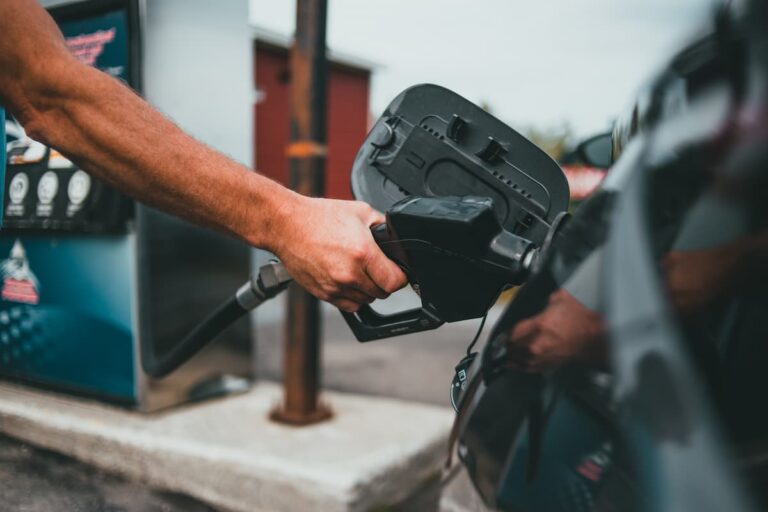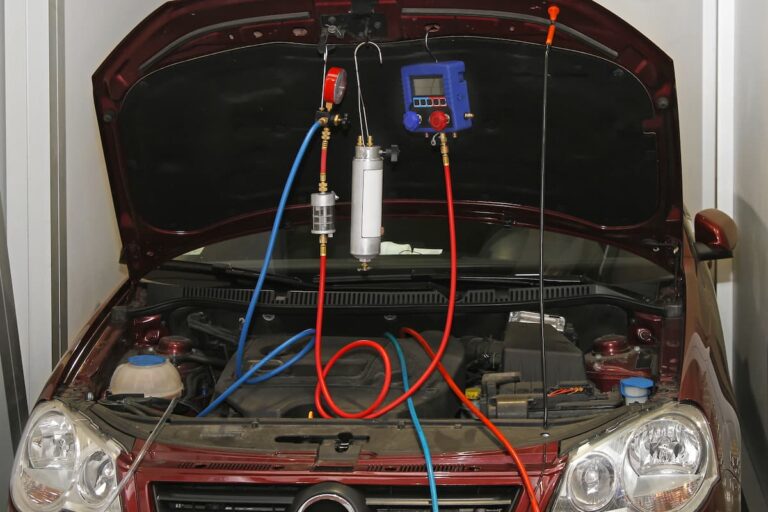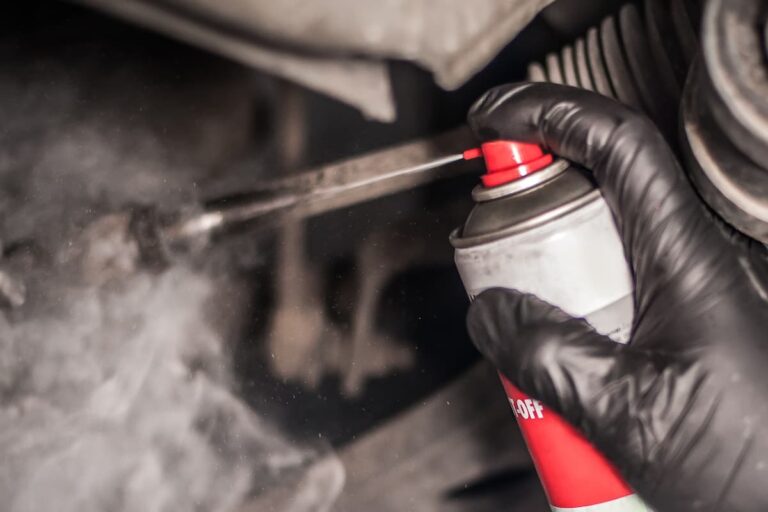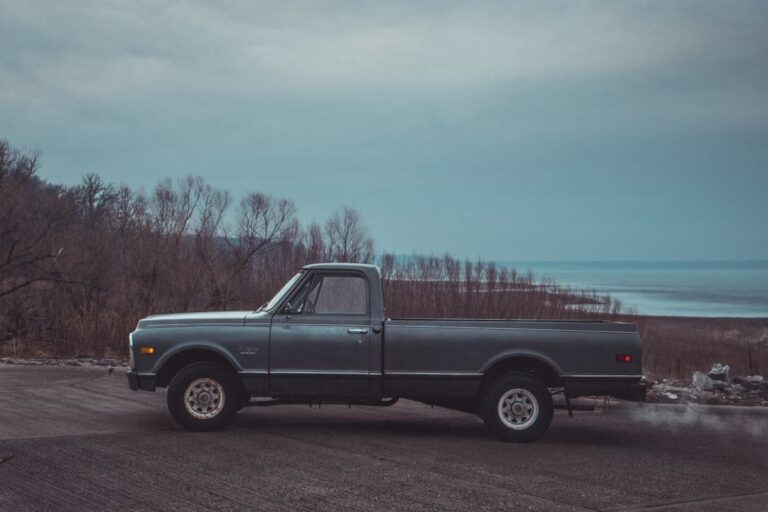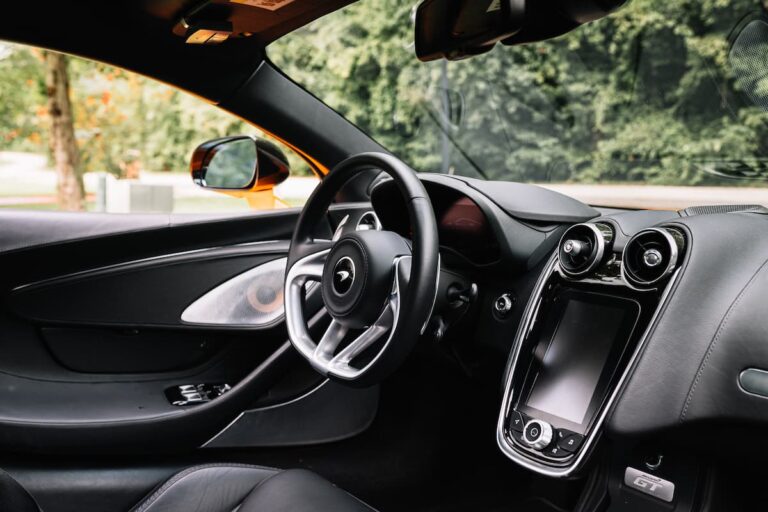Can A Car Be Towed Without Keys?
If you have to tow a car, it’s usually best to do so with the keys on hand.
However, this isn’t always an option if you don’t have access to the keys to the vehicle.
A car can be towed without keys, but the process requires special equipment the average person doesn’t own. When it comes to towing a vehicle, you’re better off letting professionals handle it, as in most cases, the process involves lifting the drive wheels with dollies or loading the car onto a flatbed.
Factors To Consider When Towing a Parked Car
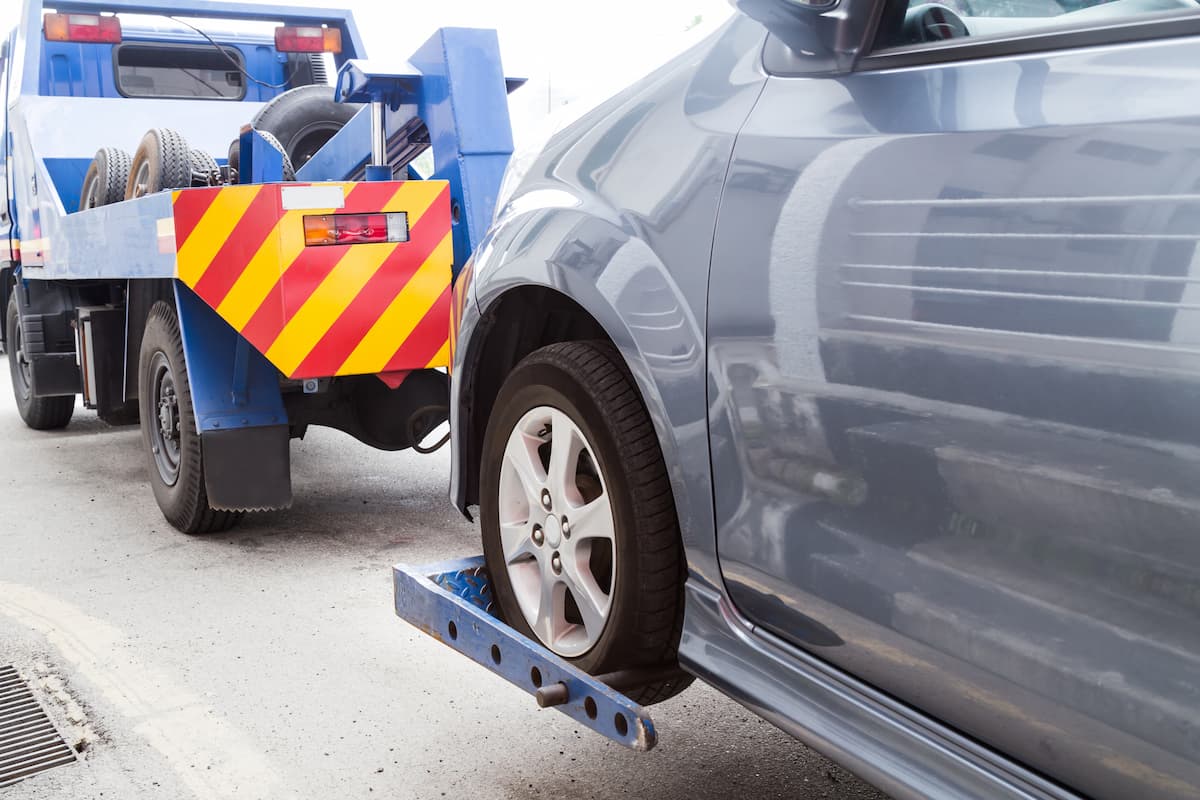
If you’re towing a parked car, there are a few factors to remember.
Firstly, figuring out a vehicle’s drivetrain is vital because you likely want to move it without damaging the transmission.
Broadly speaking, a car can either be two-wheel or four-wheel drive.
Depending on the type of drivetrain, the drive wheels are different, and which wheels touch the ground is important.
If towing your own car, refer to your owner’s manual for all relevant information.
If towing someone else’s car, ask them for the details or access to their owner’s manual.
The second factor is whether the vehicle has an engaged parking brake, as this determines how best to proceed.
Drivetrain
A seasoned driver can tell the drivetrain of specific cars by the model.
Most trucks and SUVs have a 4×4 drivetrain where power transmitted by the engine goes to all wheels.
For ultimate safety, lift all four wheels off the ground when towing a four-wheel drive vehicle.
Though you’ll need more equipment, you avoid damaging the transmission and drivetrain.
The drive wheels on a two-wheel drive are either the front wheels or the rear wheels.
In a front-wheel drive (FWD) vehicle, the front wheels are the drive wheels, and the rear wheels roll on their own as the car moves. Lifting the front wheels to tow a car with FWD is enough to prevent damage.
For a vehicle with rear-wheel drive (RWD), like a vintage car or sports car, the power goes to the back wheels, while the front wheels are used for steering.
Towing these cars involves lifting the rear wheels, explaining why most towing companies transport them in reverse.
Parking Brake
A parked car with an engaged parking brake poses some issues for a two-wheel drive setup.
The parking brake in vehicles with FWD locks the rear wheels, so lifting its front wheels is impossible. You’ll have to use a flatbed to tow these cars.
You won’t have trouble transporting a car with RWD since you lift the rear wheels anyway.
The four-wheel drive is best towed with all wheels off the ground, so locked wheels won’t affect the process.
How To Tow a Car Without Keys
You can tow a car without keys with self-loading dollies or a flatbed trailer.
Self-Loading Dollies
A self-loading dolly is a mount that raises and locks the drive wheels and allows the vehicle to move using its non-drive wheels.
These frames usually have four wheels, but some have more for heavy-duty tasks.
A dolly isn’t a one-size-fits-all piece of equipment, so ensure it’s compatible with the vehicle’s wheel size before towing.
The dolly you need also depends on road conditions. Some have large, treaded tires, which are more suitable for traveling on poor roads.
Dollies with smaller tires work best if transporting a vehicle for a short distance on a smooth road. Still, they’re primarily used in garages and warehouses, so only use one if you can’t find a set with bigger tires.
You will need at least two self-loading dollies, one for each tire.
To use these dollies, lift the drive wheels, lock them onto the dolly, and attach the vehicle to the trailer using tow hooks and a tow strap.
If lifting all four wheels of a vehicle, you need a tow dolly alongside two self-loading dollies. You’ll lock the front wheels onto the tow dolly (which attaches to the truck) and lock each rear wheel onto a self-loading dolly.
Self-loading dollies do not have brakes, so when using them, drive at low speeds to keep a reasonable space between the towed and towing vehicles.
A Flatbed Trailer
Towing with a flatbed trailer is best if the towed vehicle has four-wheel drive or is too heavy for another method.
Though safer, the setup is more complex.
The first step, loading the vehicle onto the flatbed, requires a set of tow dollies to roll the car onto the bed.
Flatbed trailers have hydraulic systems that convert them into ramp-like structures, so this step is fairly straightforward.
Once the vehicle is on the flatbed, securely fastening it is critical, and improper techniques can cause significant damage.
A rule of thumb is to never tie or hook anything to the towed vehicle’s frame.
The 8-point tie-down is the safest way to secure your car onto the trailer and ensures each wheel has two firm tie-down points, lowering the risk of damage to the frame.
Do not secure the straps onto the suspension setups to avoid pulling critical components or, worse, loosening the straps and unlocking the vehicle.
How To Tow a Car By Putting It In Neutral
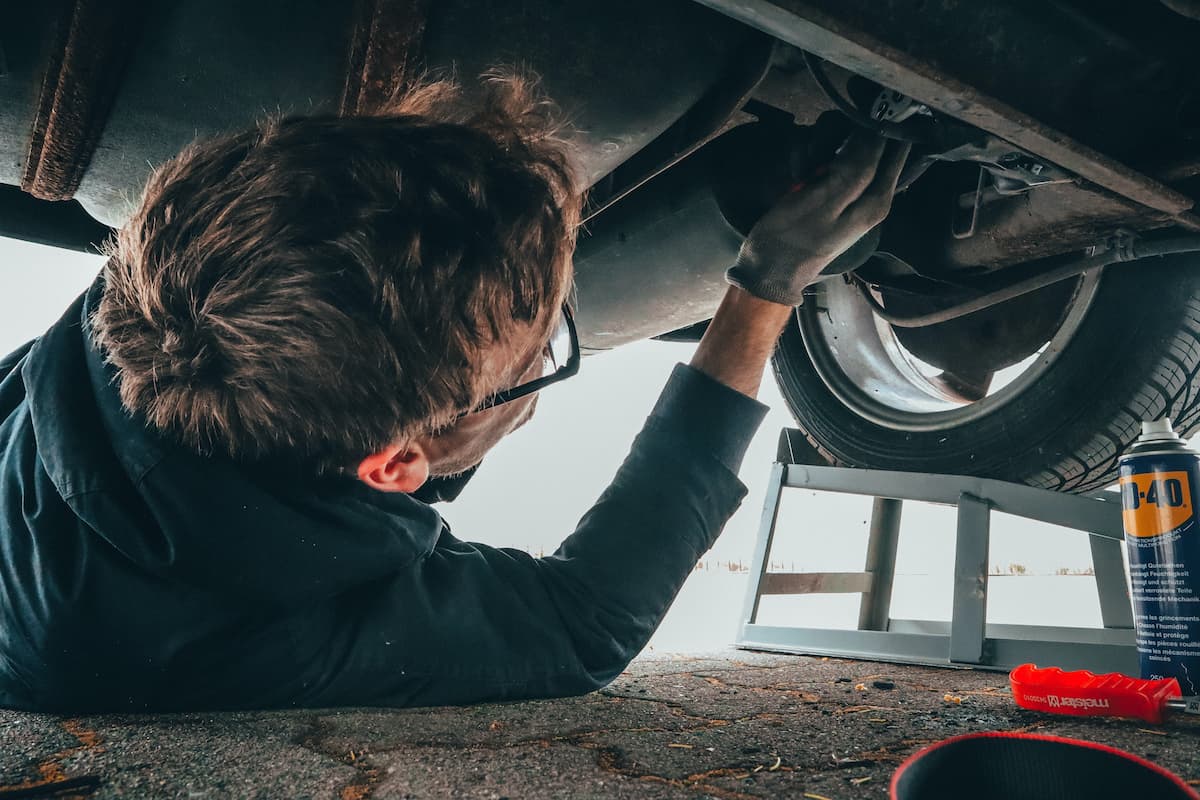
Not having enough dollies doesn’t mean you can’t tow your vehicle. However, you may have to put it in neutral for safety and efficiency.
Because you don’t have your key, you must get under the vehicle and disconnect the transmission system.
The lever’s location depends on the brand and model, but most are close to the engine. To be sure, refer to your owner’s manual.
Ensure that the handbrake isn’t engaged, and before proceeding under the car, place a wheel block at the front or back of every wheel.
Next, grab a flashlight and get underneath the vehicle. You’re looking for a cable that connects to the transmission system with a lever.
Once you see it, pull this lever to disconnect the setup. That frees your wheels, enabling you to lift one set while the other rolls free.
Finish off by hooking the vehicle to the tow car and removing the wheel blocks.
Conclusion
The priority when towing a car without keys is safety.
If you’ve never towed a car before, leave it to a professional who can guarantee you and your vehicle’s safety.
If you experience towing vehicles, always double-check your equipment to make sure it’s correct for the car you’re hauling and is in good shape.

